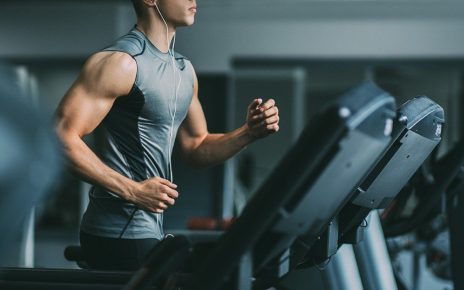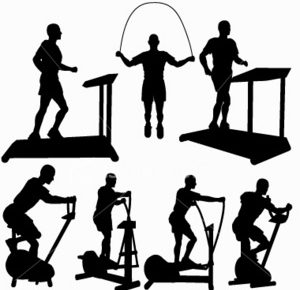Let’s face it—your body doesn’t respond the same way to a workout in 90°F summer heat as it does in a chilly winter morning. And yet, so many of us stick to the same routines year-round, wondering why performance plateaus or energy dips. Here’s the deal: adapting your fitness strategy to seasonal changes isn’t just smart—it’s necessary.
Why Seasonal Adjustments Matter
Your muscles, joints, and even your mindset shift with the weather. Cold air thickens synovial fluid (that’s the stuff cushioning your joints), making warm-ups non-negotiable in winter. Summer? Hydration becomes your secret weapon against cramps and fatigue. Ignoring these nuances? That’s like wearing flip-flops in a snowstorm—possible, but painfully inefficient.
Winter: Embrace the Slow Burn
Warm-Up Like It’s Your Job
Cold muscles are stiff muscles. Spend 10-15 minutes on dynamic stretches—leg swings, arm circles, or even a brisk walk. Skip this, and you’re begging for a pulled hamstring.
Indoor-Outdoor Hybrids
Blizzard outside? Try stair climbs at home, then hit the pavement once the sun’s out. Hybrid routines keep consistency without the frostbite risk.
Layer Like an Onion
Cotton kills—seriously. Moisture-wicking base layers, insulating mid-layers, and windproof shells are your winter workout armor. Shed them as you heat up.
Summer: Beat the Heat Without Burning Out
Timing Is Everything
6 AM or 7 PM—avoid the midday sun. UV rays peak between 10 AM and 4 PM, turning your run into a dehydration marathon.
Hydration Beyond Water
Electrolytes matter. Coconut water, sports drinks, or even a pinch of salt in your water bottle can prevent muscle spasms. And no, coffee doesn’t count (sorry).
Shorter, Smarter Sessions
Swap hour-long HIIT for 30-minute Tabata. Intensity trumps duration when your body’s already fighting the heat.
Spring & Fall: The Goldilocks Seasons
Experiment With Outdoor Activities
Mild temps mean prime time for trail running, cycling, or even outdoor yoga. Your body adapts faster in 55-70°F—use it.
Transition Your Gear Gradually
Don’t stash winter layers too soon. Spring mornings can deceive—layer up, then peel off as needed.
Climate-Specific Pain Points (And Fixes)
| Climate | Challenge | Quick Fix |
| Humid | Sweat won’t evaporate | Loose, breathable fabrics |
| Dry | Dehydration sneaks up | Pre-hydrate 2 hours pre-workout |
| Windy | Resistance overload | Lower intensity, focus on form |
Mental Shifts for Seasonal Success
Honestly, the biggest hurdle isn’t your body—it’s your brain. Winter blues or summer laziness can derail progress. Try these:
- Winter: Reward workouts with a hot beverage ritual.
- Summer: Sync sessions with sunrise/sunset for natural motivation.
- Year-Round: Track micro-goals (e.g., “5 more minutes outdoors today”).
The Bottom Line
Seasons change—and so should you. Not drastically, but intentionally. Listen to your body’s whispers (or shouts) as temperatures swing. Adaptation isn’t weakness; it’s the ultimate fitness hack.




